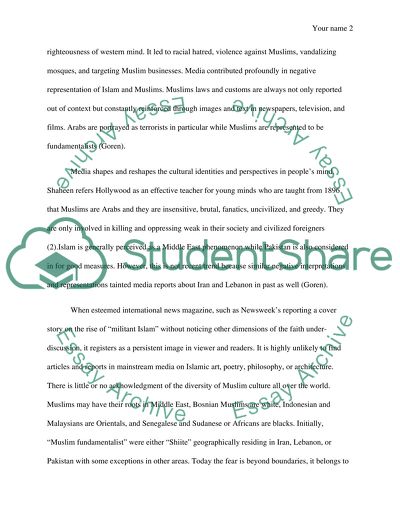Cite this document
(“The Media and its Representation of Islam and Muslim Women Term Paper”, n.d.)
Retrieved from https://studentshare.org/environmental-studies/1407550-the-media-and-its-representation-of-islam-and
Retrieved from https://studentshare.org/environmental-studies/1407550-the-media-and-its-representation-of-islam-and
(The Media and Its Representation of Islam and Muslim Women Term Paper)
https://studentshare.org/environmental-studies/1407550-the-media-and-its-representation-of-islam-and.
https://studentshare.org/environmental-studies/1407550-the-media-and-its-representation-of-islam-and.
“The Media and Its Representation of Islam and Muslim Women Term Paper”, n.d. https://studentshare.org/environmental-studies/1407550-the-media-and-its-representation-of-islam-and.


